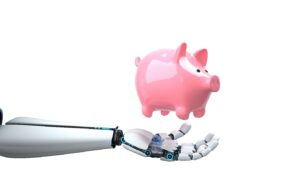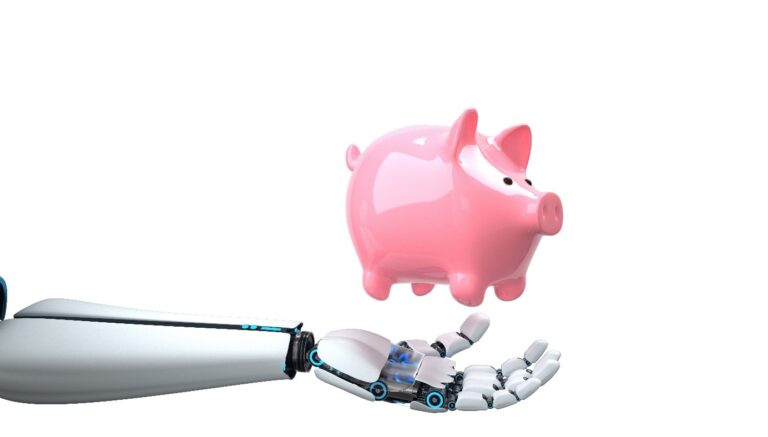Automation has taken over distribution platforms and industrial sites. Robots and machines are used to prepare orders and manufacture our products. However, supply chain planning remains a human prerogative — a task for planners, buyers, master schedulers, forecasters, supply chain managers, and so on.
Is this is something to be welcomed or worried about?
Companies have invested massively in ERP and planning software. Why should the decision to order, start a work order, or process an emergency order be made mainly by a planner, often assisted by Excel?
Isn’t there a risk with all these human interventions? Humans are fallible, errors are possible, and interpretation and behavioral biases are common. A buyer or planner who is told when there are shortages, and whose stock rotation / excess stocks are not measured, will legitimately tend to be conservative — and order too early.
These behaviors lead to internal, self-inflicted variability. We try to limit them by training everyone, setting incentives and expectations, and conducting daily, weekly, or monthly reviews. The Demand Driven Institute’s training courses contribute to this, helping teams align on principles and a common understanding.
It is often said that DDMRP was designed for planners. It is undeniably the case: visual control, readable system, clear priorities, all this is at the service of the planner.
Does this mean that we should forget about automating what can be automated?
Many companies suffer from turnover in the planning and supply teams. The job is often stressful and repetitive. Maintaining good business and methodological knowledge is complicated.
Automation is absolutely relevant in many cases, and it is facilitated by Demand Driven tactics. A DD operating model is first and foremost a mechanic, driven by the receipt of orders. An order is received, the net flow drops below top of yellow, and we complement to top of the green. A work order is generated, it is automatically scheduled at finite capacity on the constraints according to the status of the buffers, its date is promised accordingly. The relative needs of the warehouses in the distribution network are taken into account to deploy the stocks under allocation in an equitable manner. All of this is purely mechanical, and therefore absolutely automatable; this is not where the men and women in our teams bring value.
These approaches to automatic ordering are more often seen in larger companies. Triggering supplies at an automotive supplier. Inventory deployment in a network of stores. It’s still extremely marginal in smaller companies.
Don’t be afraid to think automation in your Demand Driven projects. It is a condition of your future performance in a competitive environment. It’s not just a matter of showing planners intuitive views, providing them with attractive screens, and training them all on Demand Driven principles through serious games. Automating allows you to gain productivity and focus planners’ attention on model supervision, action by exception, improvement, and the required interactions with suppliers and customers.
The demand-driven operating model, or DDOM, is a mechanism. This mechanism must be as automatic as possible to be effective. Automate the decisions that can be automated, and provide clear visibility into the decisions that require human arbitration.













